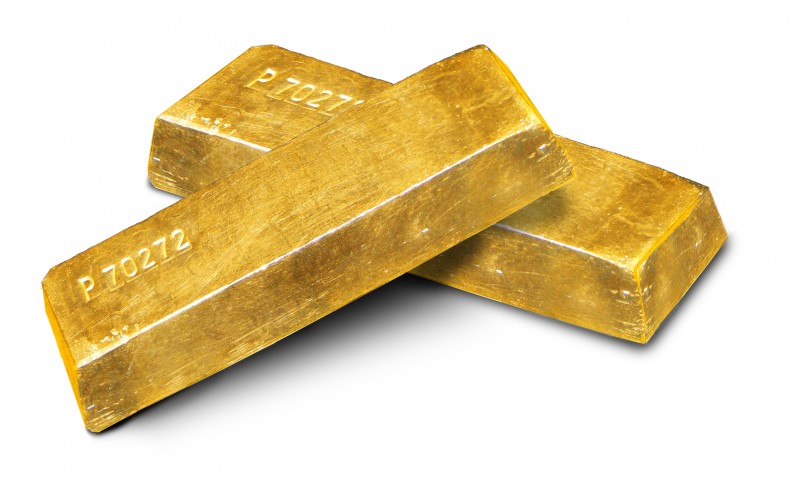Popular Posts
The one thing you can count on, besides death and taxes, is that someone somewhere will try to talk you into owning gold instead of stocks and bonds.
The reasons vary: It’s the only “real” money. It’s a hedge against inflation. It adds to your long-term returns. And so on.
But what do the numbers say about gold? J.P. Morgan publishes a helpful book of charts every quarter, called the “Guide to the Markets.” Among its 71 pages of data, there is a regular report on annualized asset class performance.

Over the past 20 years, the latest report shows, gold returned 5.9%. Compare that to bonds at 6.2% and stocks at 9.9%.
A 60/40 portfolio of stocks and bonds typical of a retirement investor returned 8.7%. Only real estate outperformed stocks, returning 11.5% over the 20 years ending in 2014.
So what happened to a retirement investor over those years? If you held only stocks, a $10,000 investment turned into a bit more than $66,000. If you owned only bonds, you came out with a little more than $33,000.
Gold? Your $10,000 turned into $31,472. Yes, you beat inflation, but stocks absolutely walloped gold and even a super-safe bond portfolio did better.
The problem with such a calm, rational analysis is that the annualized data doesn’t show volatility, that is, the up and down movement in price of any investment.
Stocks would have been plenty volatile. You only need to remember 2008 to understand how volatile. Bonds crashed in 1994, the year before the J.P. Morgan chart begins.
Of course, gold was volatile as well. It was at less than $300 an ounce until 2002. Just nine years later it topped $1,837 an ounce. It’s currently down to $1,269.
The really neat trick, if you could somehow see the future, would be to buy gold when it’s cheap and sell when it’s expensive. Just holding gold, however, is a tremendous risk because gold pays no dividends and no interest.
Most stocks pay a dividend, regardless of price. Bonds pay interest, regardless of price. Real estate pays income, regardless of what the market thinks of any given real estate investment trust (REIT).
That’s why gold does so poorly over long periods. Dividends and interest are reinvested in your stock, bond and real estate holdings.
That’s dollar cost averaging, automated. Money flows into your accounts with no effort, creating truly passive investing. The free cash buys more when prices are low and less when prices are high.
You only make money from gold by selling it, which means you have to take action all the time to make it work out, and what’s more you have to be right all the time. Guess wrong and you might sell gold high and then buy low — racking up unrecoverable losses.
It is prudent to own some gold in a portfolio, but only as a rebalancing tool. Since gold is volatile and a bit of an “anti-stock,” you cash out when speculators bid up the price, then use that cash to buy more stock while prices for equities are lower.
When others bid gold down, take some of your stock dividends and interest and rebuild your small gold position. Over time, rebalancing will smooth the volatility of your entire portfolio and add to total return.
Any other strategy toward gold, frankly, is not investing. It’s betting, plain and simple.